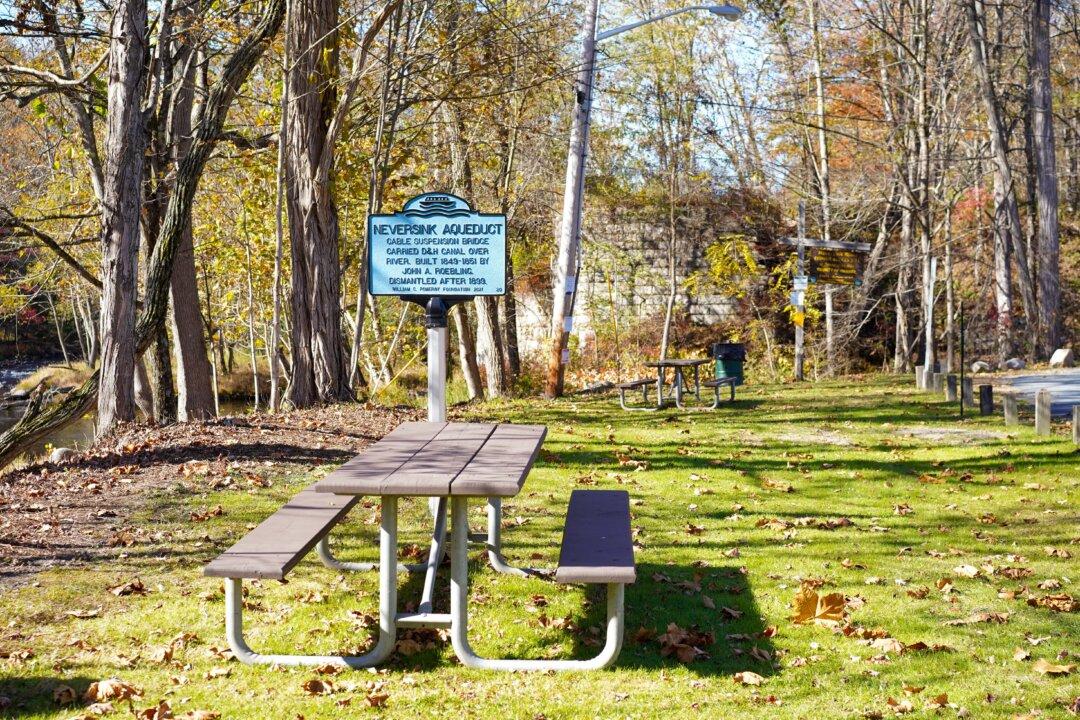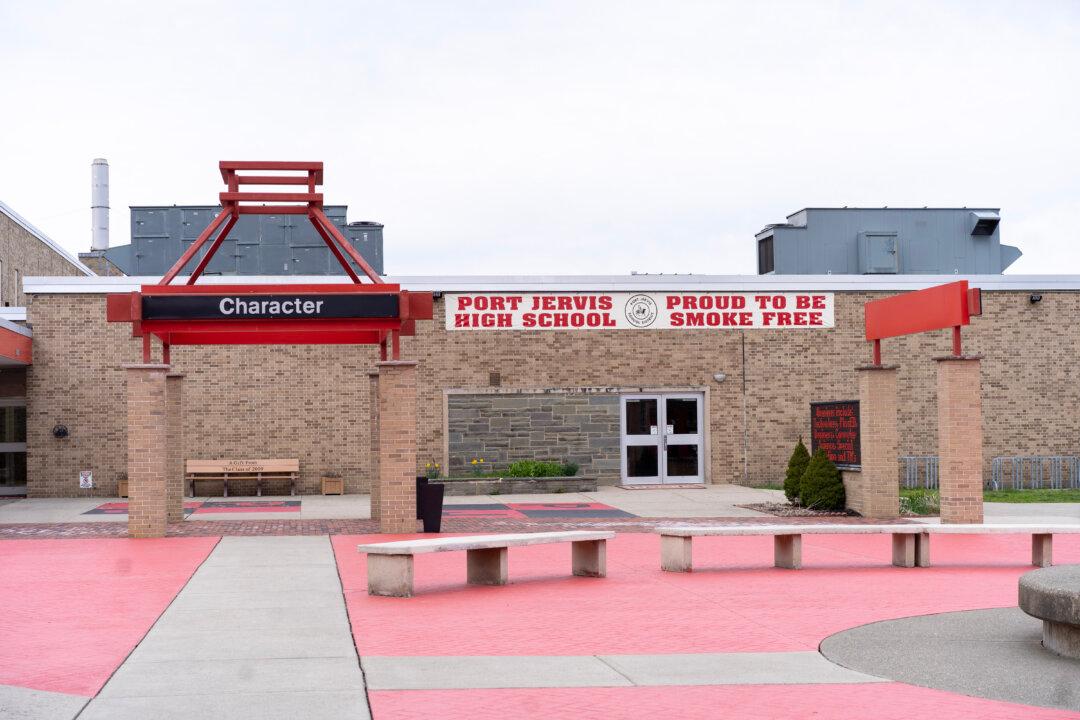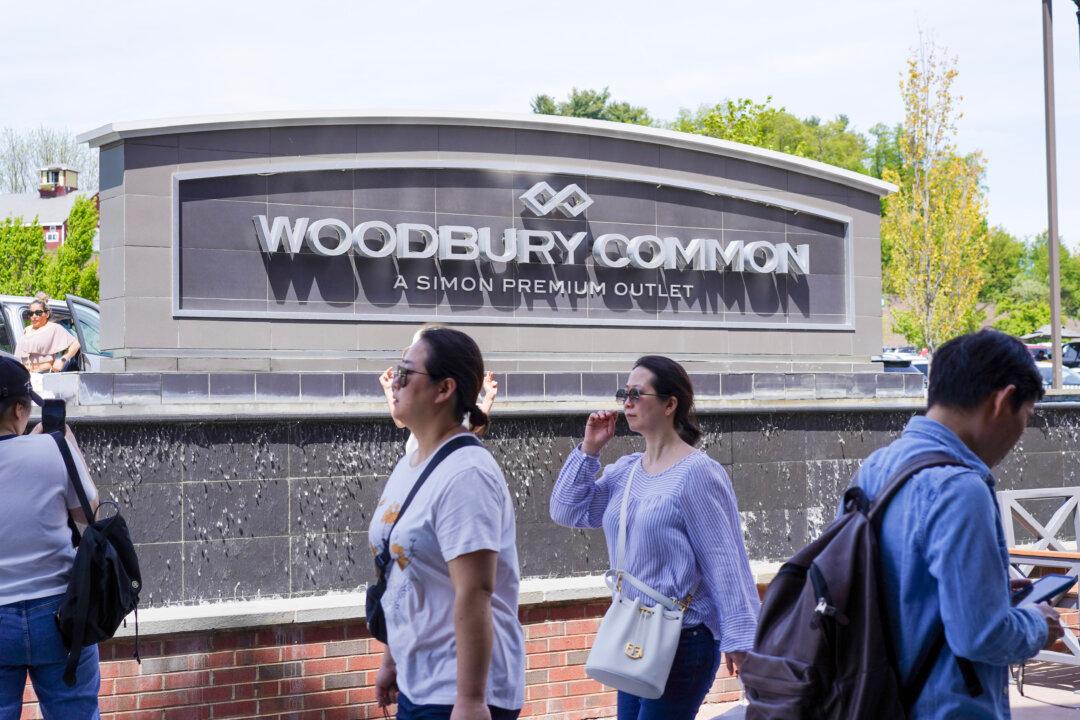A recent wave of county park investments has brought cosmetic changes to a deteriorated National Historic Landmark in the hamlet of Cuddebackville, New York.
Stretching more than 200 acres, the Delaware and Hudson (D&H) Canal Park is rich in remnants from the canal era when coal from Pennsylvania traveled a 108-mile manmade waterway before floating down the Hudson River to fuel the growth of New York City.





